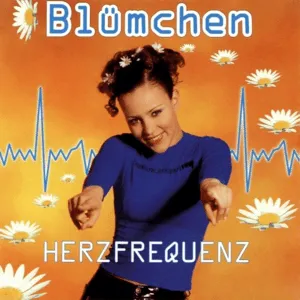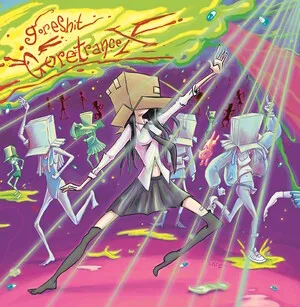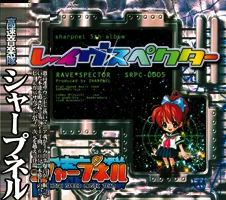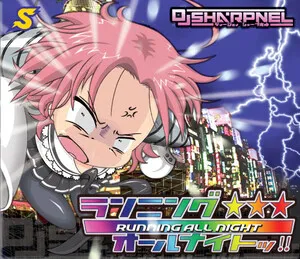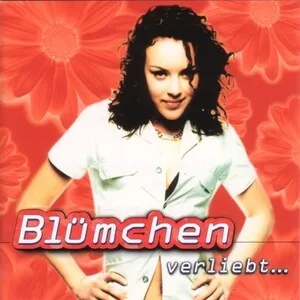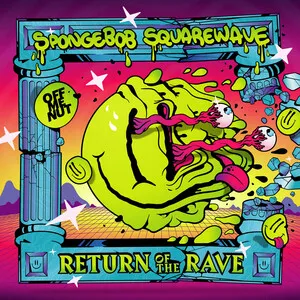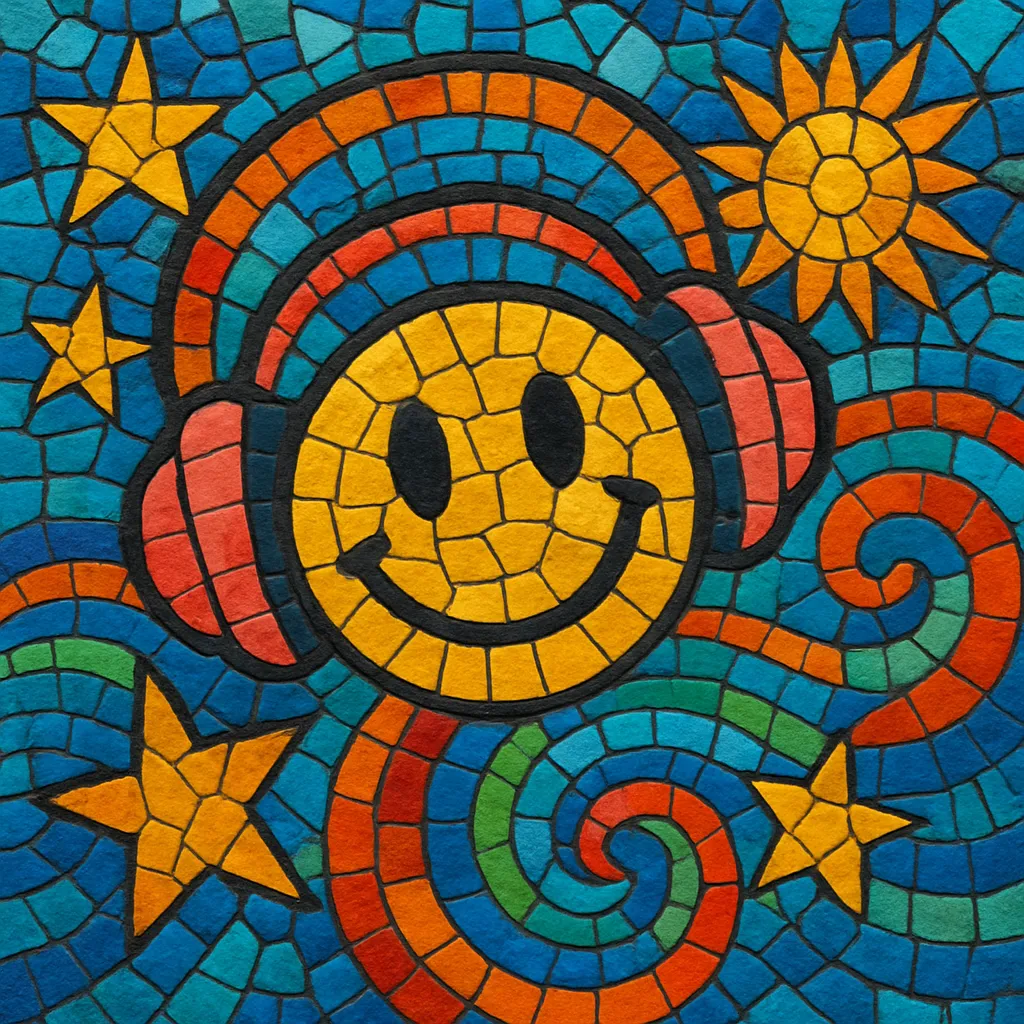
Happy hardcore is a fast, euphoric branch of the early UK rave continuum characterized by brisk tempos, 4/4 kicks, bright piano stabs, supersaw leads, and pitched-up “chipmunk” vocals.
It emphasizes major-key harmony, catchy melodies, and ecstatic breakdowns, aiming for maximum uplift on the dancefloor. Compared to darker hardcore and gabber, happy hardcore favors feel-good hooks, singalong choruses, and sentimental atmospheres while retaining the relentless energy and drive of hardcore techno.
Happy hardcore emerged in the United Kingdom from the breakbeat hardcore and rave scenes as producers pursued a more euphoric, melody-forward alternative to the increasingly dark hardcore and gabber sounds. Early tracks fused rave pianos, major-key chord progressions, and pitched-up vocals with hardcore’s fast tempos and pounding kicks.
By the mid‑1990s the style’s identity was clear: 160–175 BPM tempos, anthemic piano riffs, supersaw/hoover leads, and bright, sentimental vocals. Labels such as Kniteforce Records, Essential Platinum, and Evolution Records helped define the sound, while events and compilations (notably the Bonkers series) spread it widely. Parallel scenes in the Netherlands and Germany (alongside eurodance and gabber) generated crossover singles that brought the sound to broader audiences.
In the 2000s, production modernized—cleaner mixdowns, trance-influenced supersaws, sidechain pumping, and even higher tempos. This era is often referred to as UK Hardcore: the core happy hardcore DNA remained, but with sleeker sound design, larger festival arrangements, and more emphasis on big-room breakdowns.
Happy hardcore’s influence radiated globally: Spain’s makina, Japan’s J‑core, and online communities fostered new generations of producers. Artists in Australia and North America pushed the sound online, while edit cultures (e.g., nightcore) absorbed its pitched-up, euphoric aesthetic. Today the genre persists both as classic rave nostalgia and as a living form feeding into UK Hardcore and related high‑energy dance styles.

